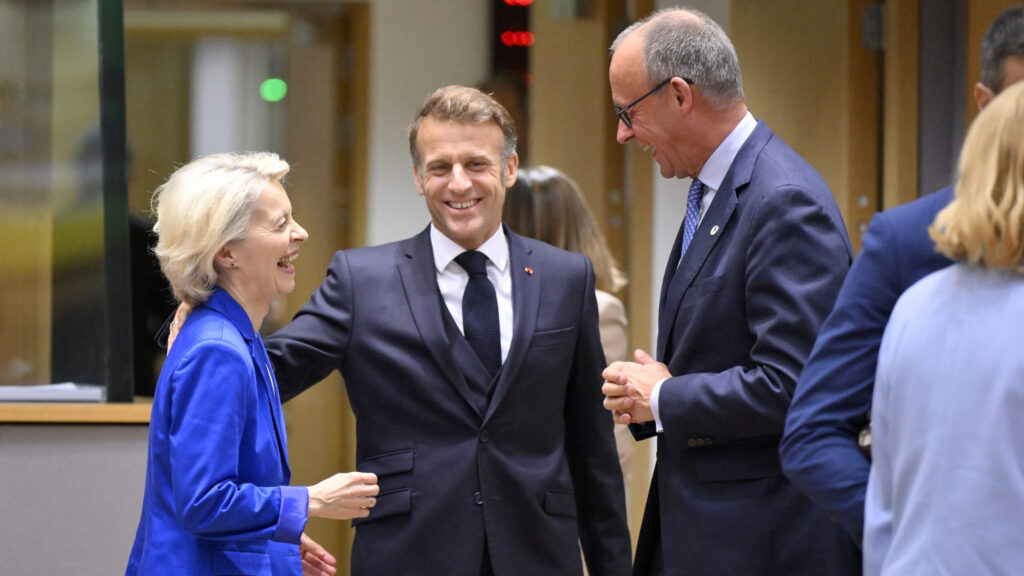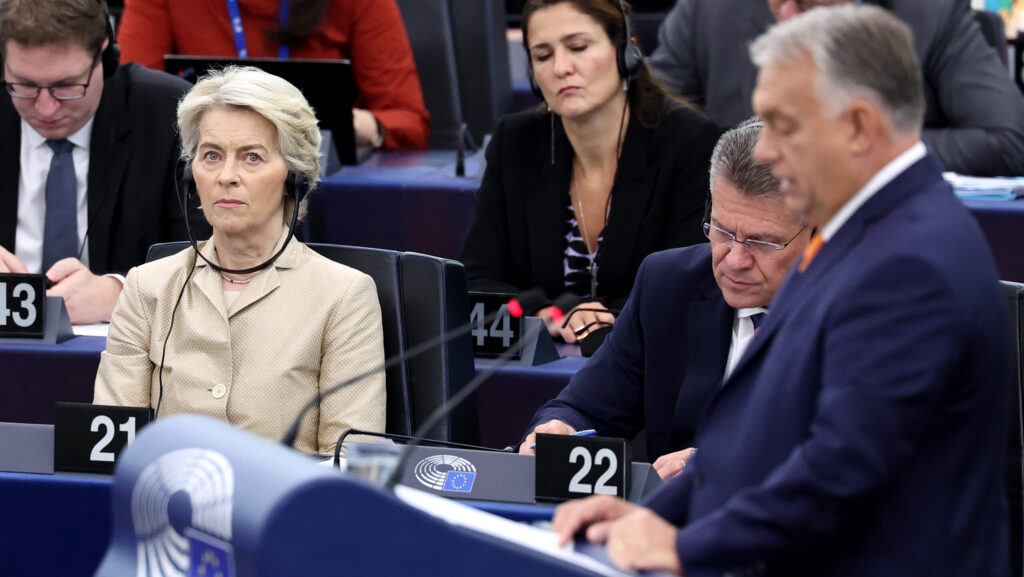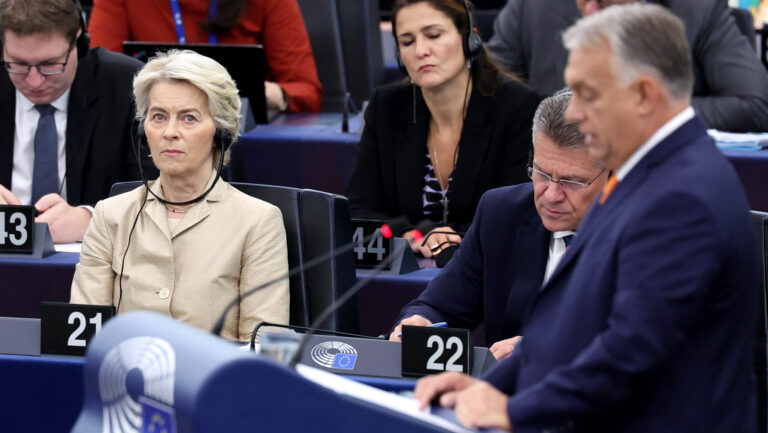The war in Ukraine has taken a toll on all of us, and quite predictably so. No one expected that an all-out conflict at the borders of the European Union–between two nations of two hundred million between them–would not affect our daily lives severely. Technically, the rest of Europe is not among the belligerent powers of this conflict, but due to its repercussions on the economy, we’re all part of this now. The economic damage of the Russo-Ukrainian war already amounts to over $10 trillion, globally. As part of the consequences, for instance, energy prices skyrocketed (some Western European countries have already registered over five to six-fold increases over the last couple of months in certain sectors), food, electronics and basic necessities have become significantly more expensive due to supply chain disruptions, and general wartime inflation will definitely affect just about everything by the end of the year.
Unsurprisingly, therefore, quarterly economic growth–the hallmark indicator of an economy’s momentary performance–has turned negative in almost all Western countries this year. Nonetheless, as Géza Sebestyén, the director of MCC’s Economic Policy Workshop also explained in his latest article, the difference in the negative growth of certain countries is still important, as it tells us which countries’ strategies to counter the financial crisis yield better results. Finally, we have solid numbers to look at, courtesy of the global Organisation for Economic Co-Operation and Development (OECD). According to the recently published statistical data on economic growth predictions, Hungary is at the top of the class, at least in East Central Europe.
Hungary is at the top of the class, at least in East Central Europe
According to the report, by comparing the economic growth forecasts issued in December 2021 (before the start of the conflict) and the ones issued now, we can see just how much money the world will have lost by the end of 2023 because of the war in Ukraine. On a global scale, the figures show that the economic growth for the next 18 months decreases by 1.2-1.5 per cent in every quarter, which translates into a 9.2 per cent loss compared to the December 2019 GDP baseline. If we look at regional differences, it is clear that by the end of 2023, Europe will have suffered the most, with a 1.3-2.5 per cent loss in every quarter, or 15.1 per cent compared to the baseline. This is a staggering divergence from the global average and is most certainly the result of our failed sanction policies.
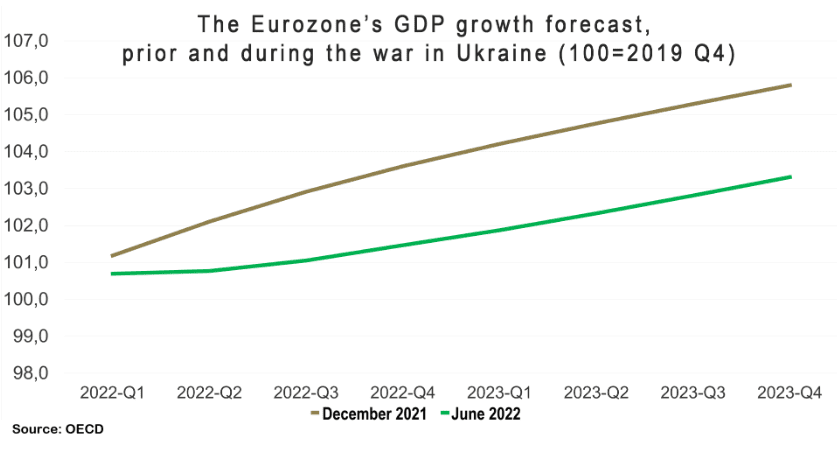
For the next 18 months, the greatest loss will be that of Romania, which–according to the forecast–will register a relative loss of 41.5 per cent of its 2019 Q4 GDP. Second in line is Latvia (losing 38.2 per cent of its 2019 GDP), followed by Slovenia (28.4 per cent), Lithuania (28.3 per cent) and Poland (with a cumulative GDP loss of 26.6 per cent). There is only one country in Europe that benefits from the war at the moment, which is Norway, since the Nordic country’s oil and gas revenues greatly increased as global prices skyrocketed. Norway’s relative change therefore for the whole period is a net growth of 13.2 per cent of its 2019 GDP, a shocking number considering the hardships others have to endure.
The Hungarian economy was also severely impacted by the war, the relative decrease (based on the two forecasts) is expected to be between 2 and 4 per cent in each quarter for the next eighteen months. Yet, if we compare the performance of all countries at the end of the estimate horizon (2023 Q3), Hungary will have to book the smallest size of relative loss because of the war, at 2.3 per cent, followed by Slovenia, Austria, and Slovakia (see the chart below). Hungary’s performance is outstanding relative to the Visegrád Group as well, since its relative loss stands at about two-thirds of the V4 average (Hungary included) of 3.6 per cent.
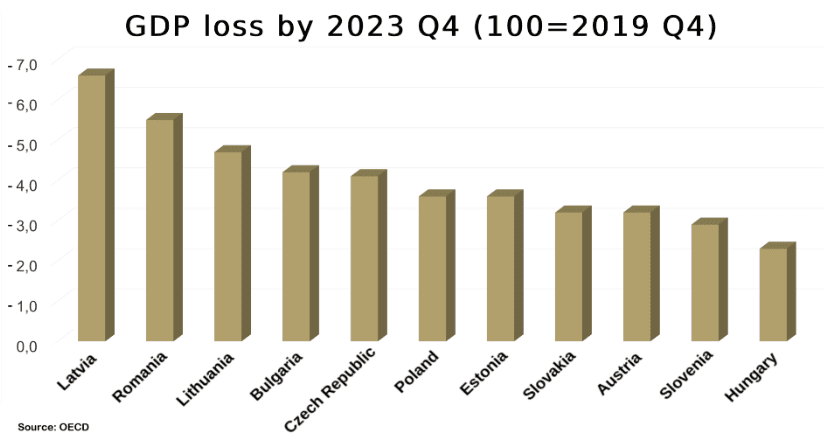
Hungary seems to be the best performer in terms of crisis management
As to why is this the case, the answer is simple. From the very moment the war broke out in Ukraine, the Hungarian government prioritized the interests of their own citizens and refused to participate in any sanctions it deemed unnecessary. This does not mean that Hungary turned its back on Ukraine in any way (the country took in more than 1.3 million refugees, for example), nor that it would not stand for Ukrainian sovereignty as firmly as any others in Europe. It simply means that–fulfilling its constitutional duty–for the government, Hungary comes first. And finally, these recent OECD data demonstrate that all the economic strategies of the government intended to curb the harmful effects of this war (such as negotiating an opt-out from the European oil embargo, introducing the windfall tax, putting a price cap on fuel or maintaining the utility cost subsidies) can and did work out for the country. So far, Hungary seems to be the best performer in terms of crisis management in the region of East Central Europe. This does not mean it is not affected by the war or that it will not suffer from a rising inflation, but it does give the country a sense of preparedness ahead of what is still yet to come. A good captain is not the one that manages to keep the deck of the ship completely dry during the storm; it’s the one that keeps us afloat even if all we see are mounting waves.


